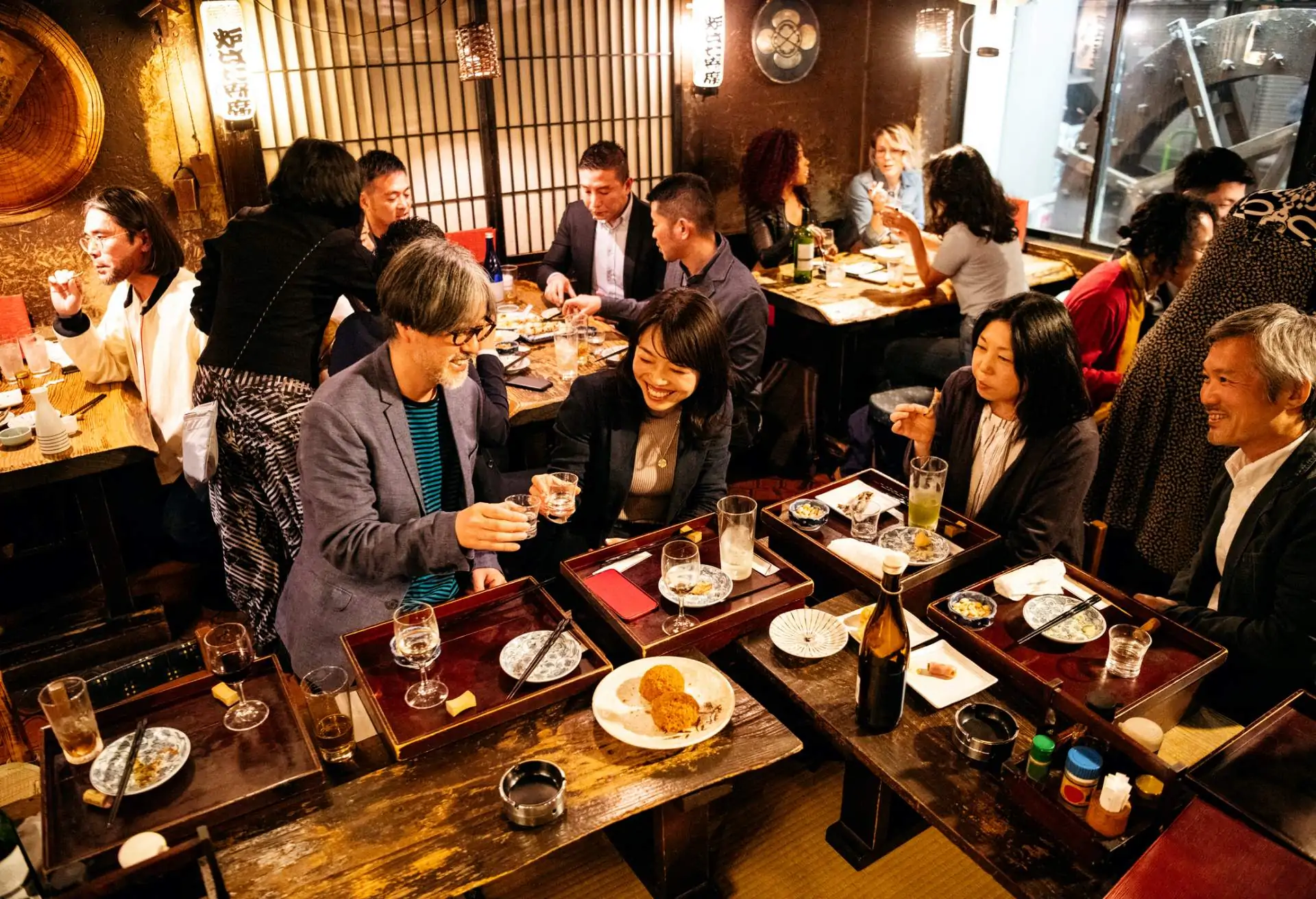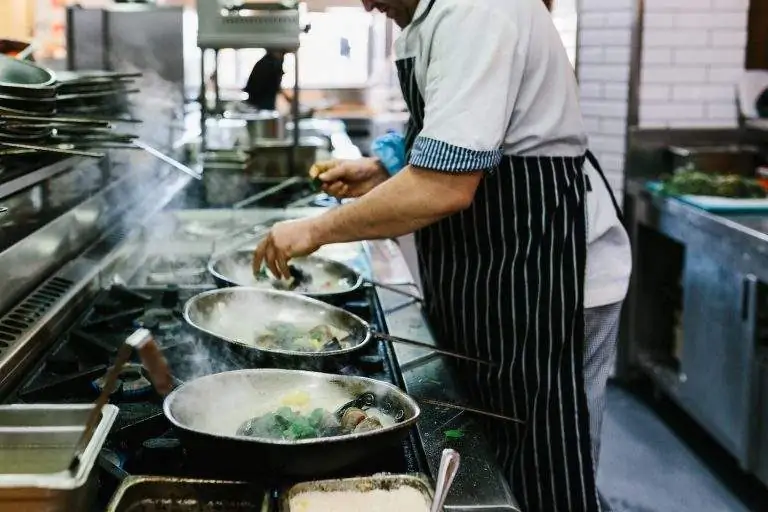Filling your seats and getting new diners and regulars into your restaurant can prove to be more challenging. Offering your set menus via special menu Experiences is a prime opportunity to encourage people to dine at your restaurant and wow guests with unique dishes and ingredients. With the right approach, you can boost revenue and streamline service by doing more with less people.
With fewer unique dishes to prepare, you can speed up turn times because the kitchen can predict the time from ordering, firing, and serving a dish with greater accuracy. With fewer options available, it also reduces guests’ decision-making time. You never want to rush guests through a meal, but with planning and coordination, you can move them along and squeeze in an extra turn.
We tapped two experts to share their best practices for set menus: Sherri Kimes, a revenue management specialist for the hospitality industry and Professor Emeritus at Cornell University, and Gregg Rapp, a menu engineer who develops and strategizes menus for restaurant professionals around the world. Here are a few tips from Kimes, Rapp, and leading restaurateurs on creating and selling a set menu designed to entice new guests, delight regulars, and boost your bottom line.
Encourage people to eat out and choose your restaurant
Set menus through Experiences give people an extra reason to eat out at your restaurant (and spend more when they do). These unique experiences from an everyday lunch set menu to a special occasion menu for the holidays are a great opportunity to delight and reconnect with your guests. Post your unique experiences on your website, social media channels, share it online, or even on a flyer inside the restaurant to entice new guests and delight regulars.
Alex Levin, director of strategic business initiatives and pastry programs at Tico DC, agrees: “Make sure you are promoting something people actually want, and that it’s part of a bigger plan for the restaurant at that time.”
Guests are willing to pay more for food and beverages as well as special experiences (more than other surcharges), so give them what they’re looking for.
Keep menus short, sweet, and tried-and-true
Kimes advises creating a short menu of dishes that won’t take too long for the kitchen to execute. Set menus also help simplify purchasing and reduce food waste, because you know exactly how much to order.
“What’s working now in the restaurant?” asks Rapp. “Find your stars—dishes that are high in profit and high in sales.” Many chefs may use set menus to try out new dishes, but Rapp also recommends studying what menu items are already benefiting the bottom line.

Offer the right amount of choice
For Rapp, three is the magic number when planning a menu from scratch, such as a choice of three appetizers and three entrees. That gives you room for the obvious range of red meat, seafood, and vegetarian dishes, which provides plenty of choices for guests. Too few options may feel too restrictive, while too many adds complexity. “It’s easier for a person to choose from three items rather than two or five,” Rapp says.
Some restaurants may offer multiple fixed-price options, such as a four-course menu and a six-course menu, to give guests more flexibility and encourage them to spend more. Keep in mind, however, that greater guest choice necessarily puts more pressure on the kitchen. “There’s a lot more variability,” Kimes says. “You want to be getting people through in a timely fashion.” If you offer multiple menus, keep options limited so it’s easy for guests to make quick decisions.
Identify the right price point
When it comes to pricing, Kimes suggests two different approaches. The first offers a set menu demonstrating value in comparison to your regular menu, including a starter, main, dessert, and perhaps a couple of palate cleansers. “Regulars will compare it to your regular prices and see that it’s a good deal,” she says.
The second approach involves a menu featuring items outside of your typical repertoire, with a different composition or ingredients only available on the set menu. Incorporating items such as crab and lobster can elevate your whole menu to a higher status, creating a halo effect around other dishes, says Rapp. This approach offers freedom to play around with pricing so you don’t lose money on the more expensive ingredients.
“When you have one price for everything, people are looking to build their best value,” Rapp explains. Expect more guests to choose the expensive items, and look for ways to demonstrate the value of what guests are enjoying across the entire menu (see tips on that below).
Create predictability and control for your P&L
Set menus can give your restaurant a sense of control while also maintaining the essence of your restaurant. Knowing how many guests have chosen your experience prior to service allows you to better forecast, stay on budget, and create more ideas for restaurant events.
Lucille Restaurant at Drury Lane is one example of a restaurant who has benefited from being able to plan ahead with set menus for their popular jazz brunch.
“It’s really important for us to ensure the revenue is coming in and that we are not overproducing, that we’re not overstaffing, and we are on target with our budgets,” says Alex Rudolf, food and beverage director at Lucille Restaurant at Drury Lane.
Use special ingredients and colorful description
A set menu includes more space to explain the dishes and what makes them unique, which helps justify the price. “I ask restaurant clients to tell the stories behind the items—the more you tell, the more value you’re giving to an item,” says Rapp.
Include details about the source of ingredients, how they are prepared, or what techniques the chef uses to make dishes different from the restaurant across the street. Talk about it as if it’s special—more than just a transaction.
Build in accommodations for dietary preferences
With a set menu, it’s business critical to be mindful of and cater to guests’ dietary preferences. A streamlined menu should also be flexible enough to accommodate diners who are vegan or vegetarian, or dairy, or gluten-free.
Additionally, showcase crowd-pleasing stars, such as steak, rather than proteins that may be less familiar or more polarizing, such as lamb. Because options are limited, they need to appeal to the most people possible.
Embrace opportunities to upsell
From a revenue standpoint, set menus present opportunities to upsell guests with add-ons such as caviar, oysters, or a reserve wine pairing. Highlight those special ingredients on the menu to encourage participation, advises Kimes.
Still, it’s important to balance add-on opportunities with showing guests that value is already built into the experience. Rapp warns against the perception that you’re “nickel-and-diming” guests, so be smart and thoughtful about what you choose to offer.
Think beyond the wine pairing
Wine pairings are classic with set menus, but consider alternatives to the expected formats that might appeal to more guests. Kimes dined at a fixed-menu restaurant with a friend and her teenage daughter, and the menu featured a less expensive non-alcoholic beverage pairing next to the wine options. For anniversaries, date nights, and other romantic celebrations, consider offering a romance package with champagne and rose petals.
Remind guests with reservations about your set menu
Ahead of guests’ reservations, email them to let them know how much you’re looking forward to seeing them. Reiterate the details of your menu in case anyone missed them in the booking process. This is your last chance to set expectations and generate excitement, so make the most of it.
Learn more about showcasing unique experiences on OpenTable
Already an OpenTable customer? Start using Experiences.




